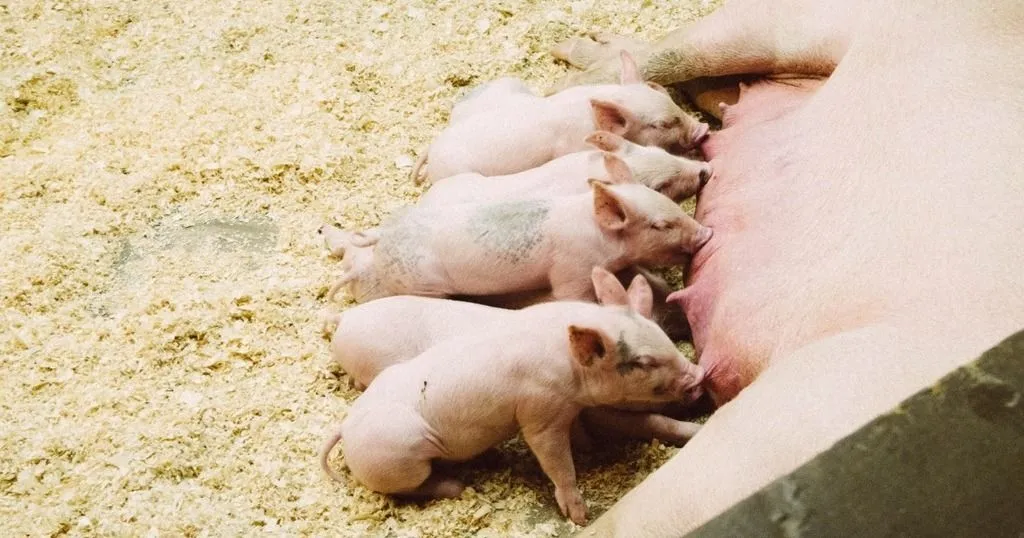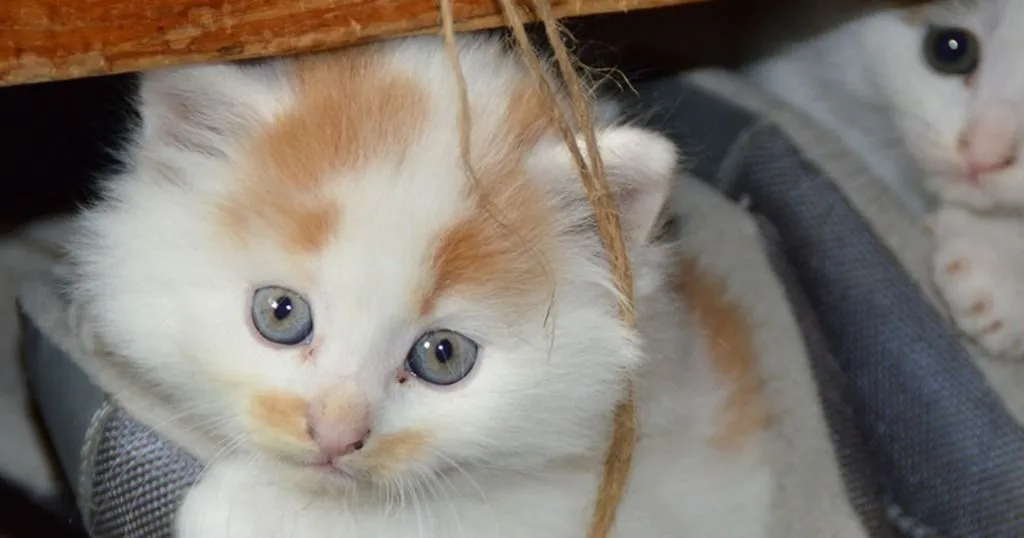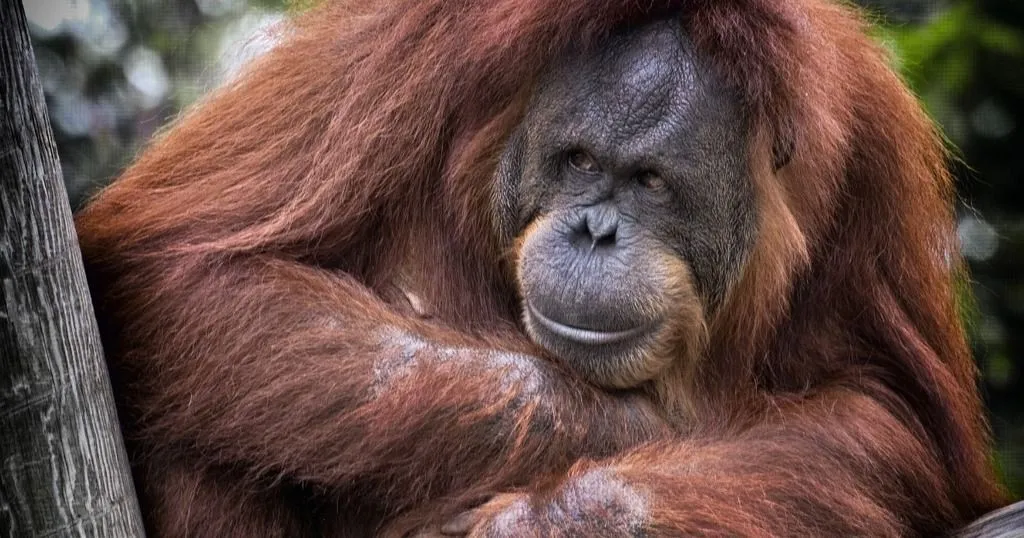Mixing sows: aggression and stress of group housing on first-time sow mother
In this experiment, Ison and colleagues looked at the social interaction when a mixed group of primiparous and older, unfamiliar sows were placed in group housing together.
Posted by
Published on
Thu 04 Sep. 2014
Topics
| Aggression | Farm Animals | Pigs | The Observer XT | Video Observation |

Social order is an important part of many animal species’ lives. Social aggression helps determine hierarchy of the animals and which animals are pushed to the bottom of the pecking order. Pigs are mixed into new social groups throughout various stages of production. Therefore, their hierarchies have the opportunity to change numerous times during their lives.
Mixing sows: the aggression and stress of group housing on first-time sow mother
In this experiment, Ison and colleagues looked at the social interaction when a mixed group of primiparous and older, unfamiliar sows were placed in group housing together.
Why group housing?
Pig farmers can choose to use either independent or group housing for their pregnant sows, however in recent years, there has been a push towards group housing. This is due to the fact that in group housing, sows are able to perform more normal behavior than they are in individual stalls. In Europe, gestation stalls can only be used for up to four weeks after breeding. In group housing, sows are able to move around freely.
In this experiment, the gilts, female pigs who had never given birth before, were kept with other gilts until the most recently bred pig had reached 39 days of gestation. Then half of each of the primiparous groups (first-time mothers) was selected and mixed with multiparous sows for a week. After this week, they went back to their home pens. A week later, they were mixed with other multiparous sows for a week, before moving back to their home pens once again.
This experiment reflects how often switching can occur in the social group groups of pigs throughout production.
The experiment
Using The Observer XT, researchers made behavioral observations of the mixed gilts and multiparous sows. Location, posture, aggression, and social interactions were included in the continuous behaviors recorded. During the mixed group periods, the multiparous sows were locked into individual stalls during feeding to prevent aggressive behavior towards the gilts and stealing the gilts’ food.
Because feeding was a good time to measure aggression, however, researchers did feed competition tests among the gilts, observing the competitive and aggressive behavior of the gilts while they were feeding. The competition while eating could be a good way to measure the hierarchy among the pigs.
Researchers kept an eye out for some stress signs, such as increase in salivary cortisol, weight, or skin lesions, as well. Skin lesions occurred due to aggressive behavior; therefore it makes sense that the more skin lesions there were on a gilt, the more aggressive behavior there had been towards that gilt.
In conclusion
This study put gilts together during the mixing, so at least there was another gilt who was constant. The gilts seemed to group together during gestation, and this led to lower levels of salivary cortisol, fewer aggressive encounters, and fewer skin lesions. With experience, the gilts were able to modify their behavior to adapt to the new situation.
Overall though, there were still higher cortisol levels, more aggressive encounters, and more skin lesions in the mixed group compared to the control group. Even though these signs of stress lessened in the second week, they were still present. The severity of these behaviors showed that gilts being mixed with older sows resulted in extreme social defeat for the gilts. Therefore, this form of group housing should not be used, according to the findings in this study.
Reference
Ison, S.H.; Donald, R.D.; Jarvis, S.; Robson, S.K.; Lawrence, A.B.; Rutherford, K.M.D. (2014). Behavioral and physiological responses of primiparous sows to mixing with older unfamiliar sows. Journal of Animal Science, 92, 1647-1655.
Related Posts

Temporal patterns (T-patterns) in behaviors cats and their owners

Normalization of blood sugar reduces enhanced rewarding effect of smoking


